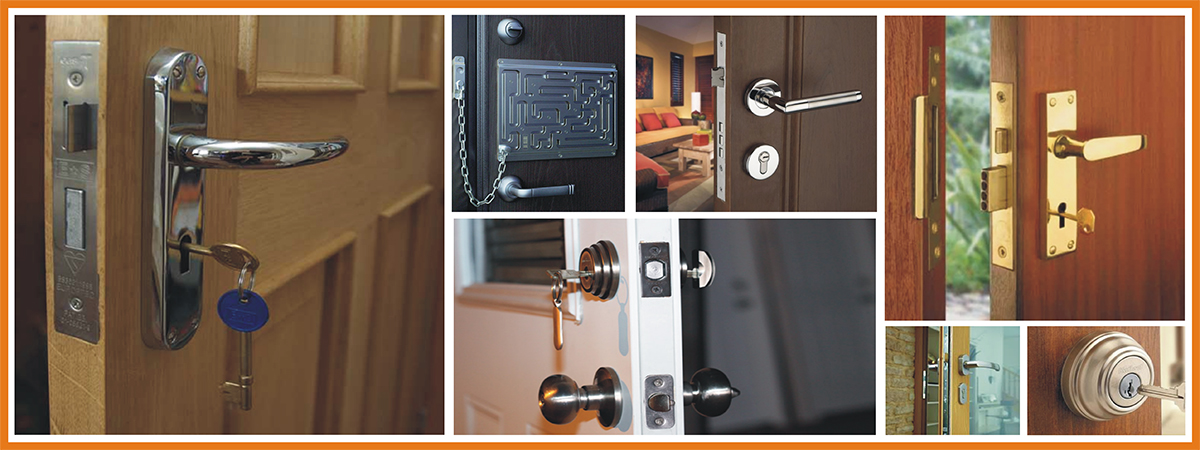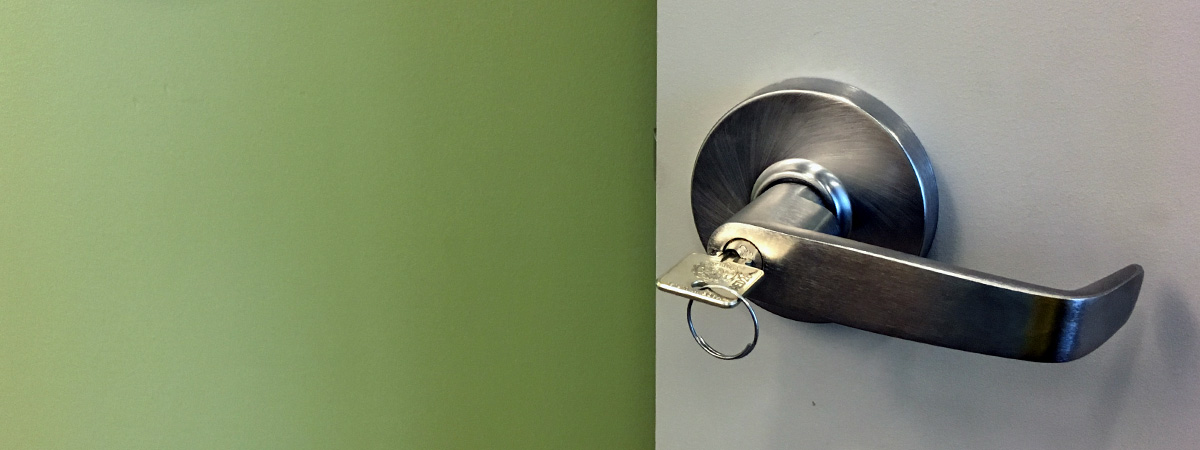How to Pick a Cabinet Lock
Cabinet locks are a great way to keep your valuables safe and secure. Unfortunately, they can be difficult to open if you don’t have the correct key. Luckily, there are several methods for picking a cabinet lock without a key. With the right tools and a bit of practice, you can pick any lock you come across.
Familiarize Yourself with the Lock
In order to pick a cabinet lock, it is important to understand how the lock works. Most cabinet locks are pin-tumbler locks which use a series of small metal pins to prevent the lock from turning. Cabinet locks can have as few as two pins and as many as five or six. The pins are spring-loaded so they can be pushed up and down to align with the correct key. In order to pick a cabinet lock, you will need to push the pins up until they line up, allowing the lock to turn.
Get the Right Tools
In order to pick a cabinet lock, you will need the right tools. The most important tool is a lock pick, which is a slim metal rod with a curved tip. Other tools that may be necessary include a tension wrench, a spacer, and a pick gun. A tension wrench is a small, twisted metal rod used to apply pressure to the lock. A spacer is a thin metal rod used to push pins into the lock. Finally, a pick gun is a tool that vibrates a lock pick, allowing you to quickly move pins up and down.
Method One: Single Pin Picking
Single pin picking is the simplest form of lock picking. To pick a cabinet lock using this method, insert a lock pick into the keyhole and apply slight pressure using the tension wrench. Slowly move the lock pick back and forth until you feel a pin move. Gently push the pin up until it is sticking out of the top of the lock, and then apply pressure with the tension wrench while turning the lock. If you feel resistance, that means that you have pushed the pin too high. Move the lock pick back and forth until the pin is at the correct height.
Method Two: Raking
Raking is a more advanced method of lock picking. To pick a cabinet lock using this method, insert a lock pick into the keyhole and apply slight pressure using the tension wrench. Move the lock pick into the lock as far as you can go, and then quickly move it back and forth, raking the pins. This should force all the pins up at the same time, allowing the lock to turn. This method is faster than single pin picking, but it is also more difficult to master.
Conclusion
With the right tools and a bit of practice, you can easily pick any cabinet lock. Before attempting to pick a lock, familiarize yourself with the lock and make sure you have the right tools. It is also important to remember to be patient and gentle when dealing with these delicate instruments. If you follow these instructions, you should be able to easily pick any cabinet lock you come across.




